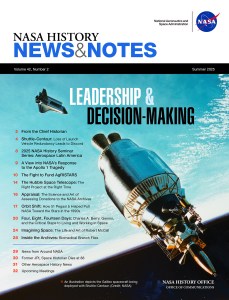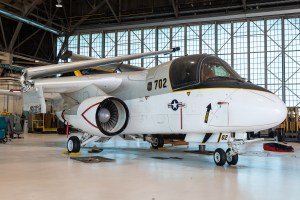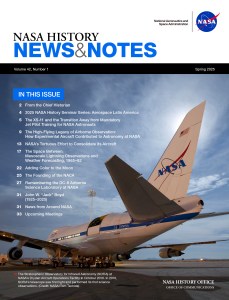While much of NASA’s focus in 1969 centered on accomplishing President John F. Kennedy’s goal of landing a man on the Moon before the end of the decade, the Agency was also exploring further out in the solar system using robotic spacecraft. Managed by the Jet Propulsion Laboratory in Pasadena, California, Mariner 6 and 7 were NASA’s next steps in the exploration of Mars. Previously, only one spacecraft, Mariner 4, had made a successful reconnaissance of the Red Planet. It beamed back to Earth 22 black and white images of Mars during its fly-by in July 1965, showing a Moon-like heavily cratered surface. Shortly after that pioneering encounter, NASA authorized the Mariner Mars 1969 project, consisting of two identical spacecraft to make closer fly-bys of the Red Planet and take more detailed photographs and other measurements. Each 908-pound spacecraft carried eight experiments to study the atmosphere and surface of Mars during their fly-bys of the planet. The experiments were: an infrared spectrometer; an infrared radiometer to measure the surface temperature of Mars; an ultraviolet spectrometer; an S-band occultation experiment; a thermal control flux monitor; a television camera system with wide- and narrow-angle telescopes; a celestial mechanics experiment; and a general relativity experiment.
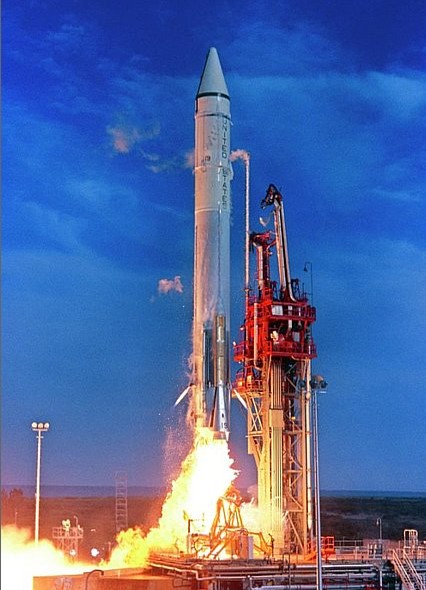
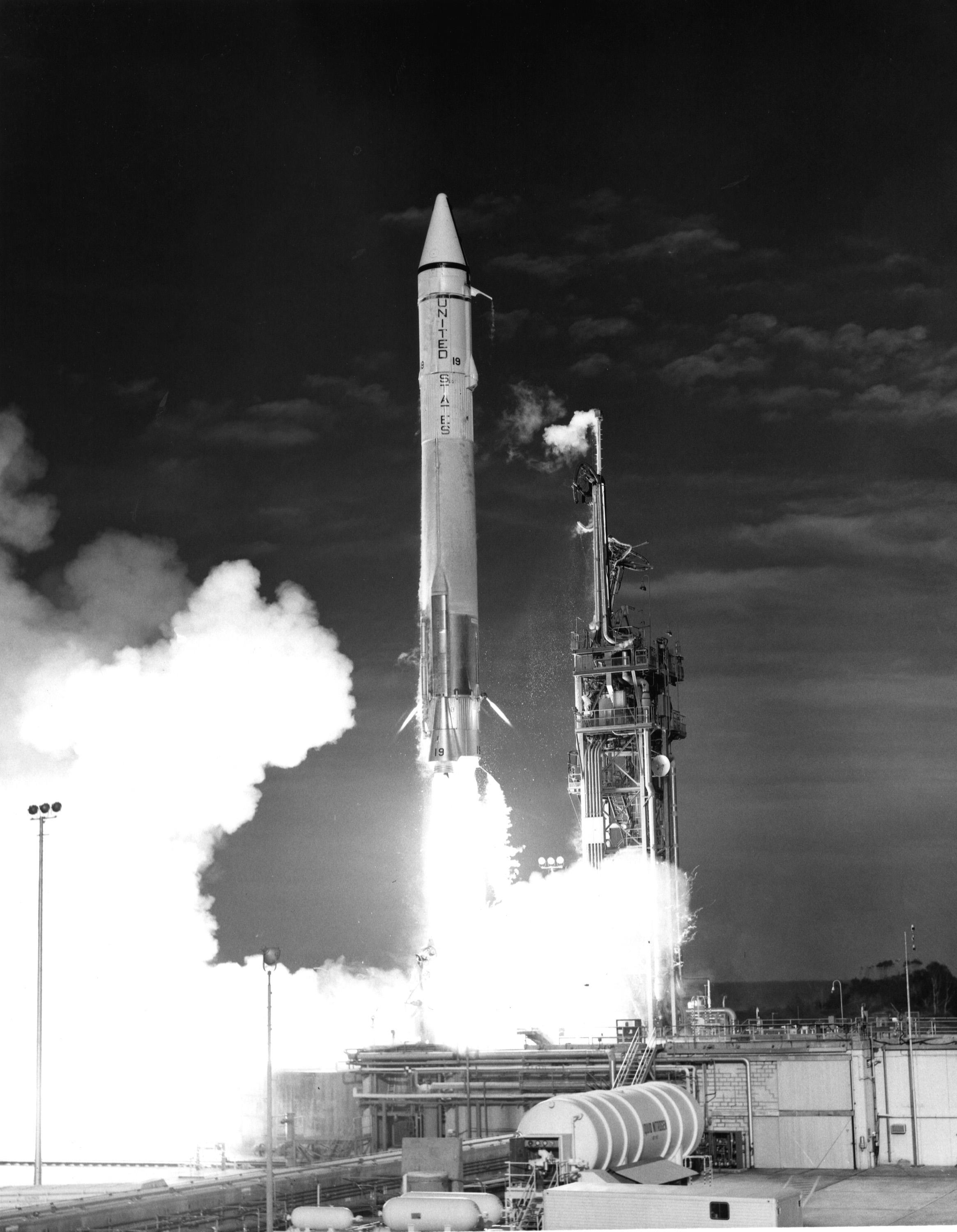
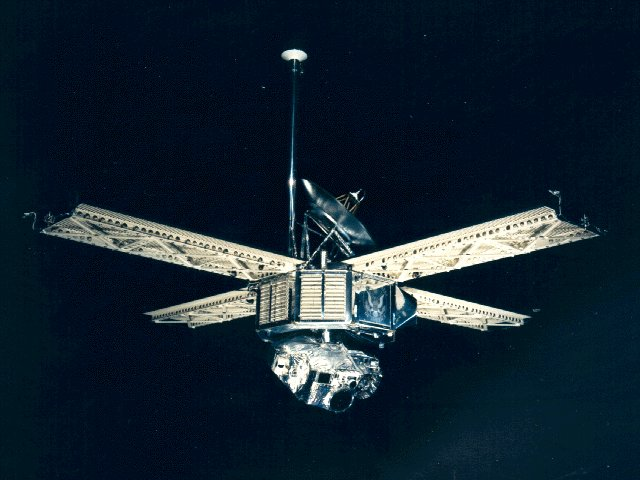
Left and middle: Launch of Mariner 6 and 7. Right: Mariner 6 and 7 spacecraft.
During a countdown test on Feb. 14, 1969, a malfunction in Mariner 6’s unfueled Atlas rocket caused helium pressure gas, used to keep the booster rigid, to escape. The rocket began to crumple, but two technicians, Bill McClure and Jack Beverlin quickly activated a manual override and repressurized the rocket. Although the booster was damaged, the technicians’ action saved the spacecraft and its Centaur upper stage. For their quick thinking in a dangerous situation, they each received an Exceptional Bravery Medal and in 2014 an escarpment on Mars was posthumously named the McClure-Beverlin Ridge in their honor.
Engineers quickly placed Mariner 6 and its Centaur on top of the rocket planned for Mariner 7, and launched it on schedule and without incident on Feb. 25, 1969. Mariner 7, on top of a new Atlas-Centaur, followed on Mar. 27. Their respective Centaur upper stages sent them on their way to Mars. Course corrections on Mar. 1 for Mariner 6 and Apr. 8 for Mariner 7 refined their trajectories. Because of their different paths, the two spacecraft arrived at Mars just five days apart despite the month separating their launches. After a flight of 156 days from Earth, Mariner 6 flew within 2,132 miles of Mars on July 31, roughly twice as close as Mariner 4’s flyby in 1965. During the encounter, the spacecraft returned 75 photographs and science data. Contact was temporarily lost with Mariner 7 just five days before its planned encounter, but by Aug. 2 the spacecraft was restored to full capability as it began its encounter with Mars. Three days later, it passed within 2,130 miles of Mars’ southern hemisphere, returning 126 photographs and science data.
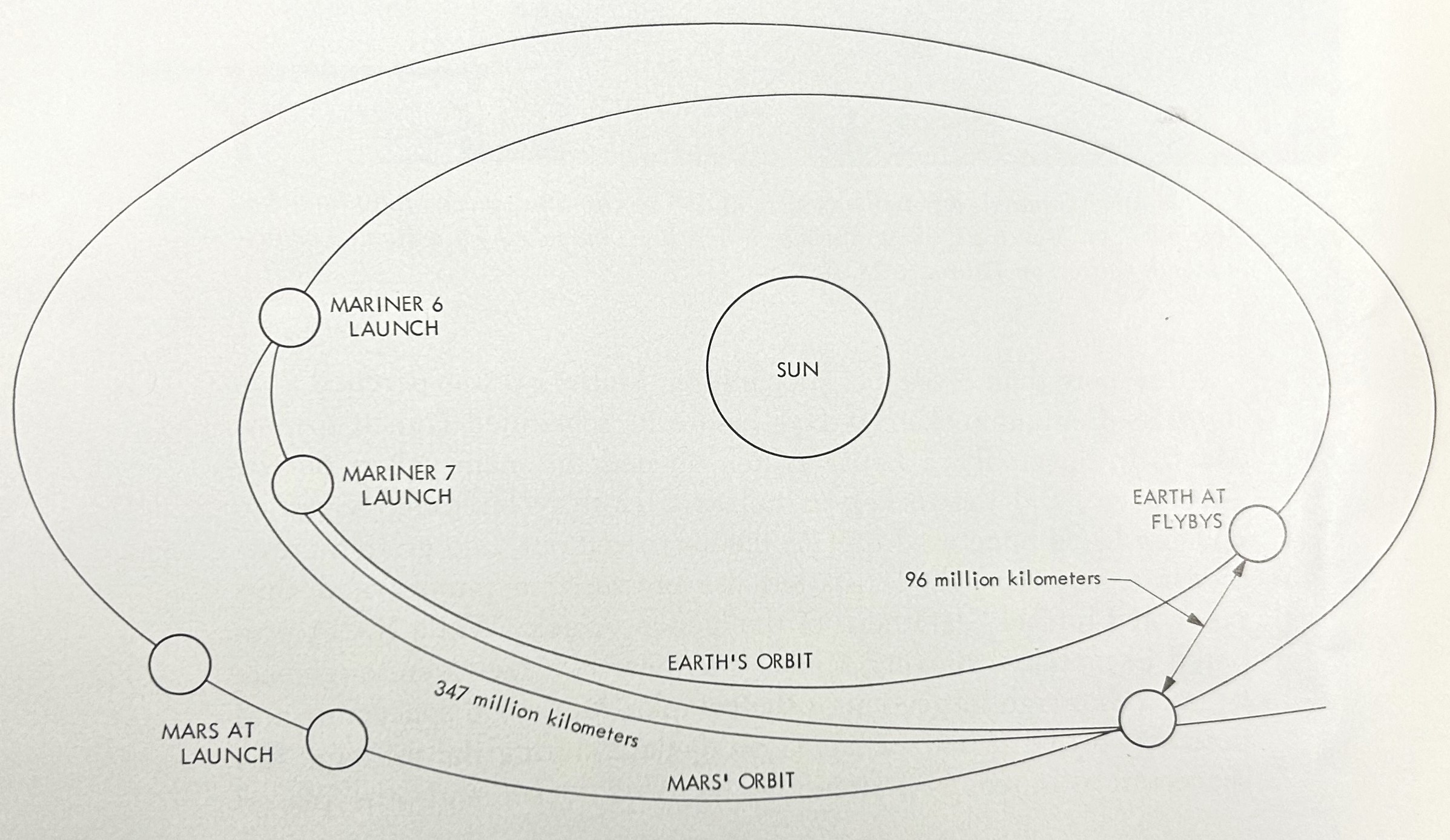
Trajectories of Mariner 6 and 7 from Earth to Mars.


























